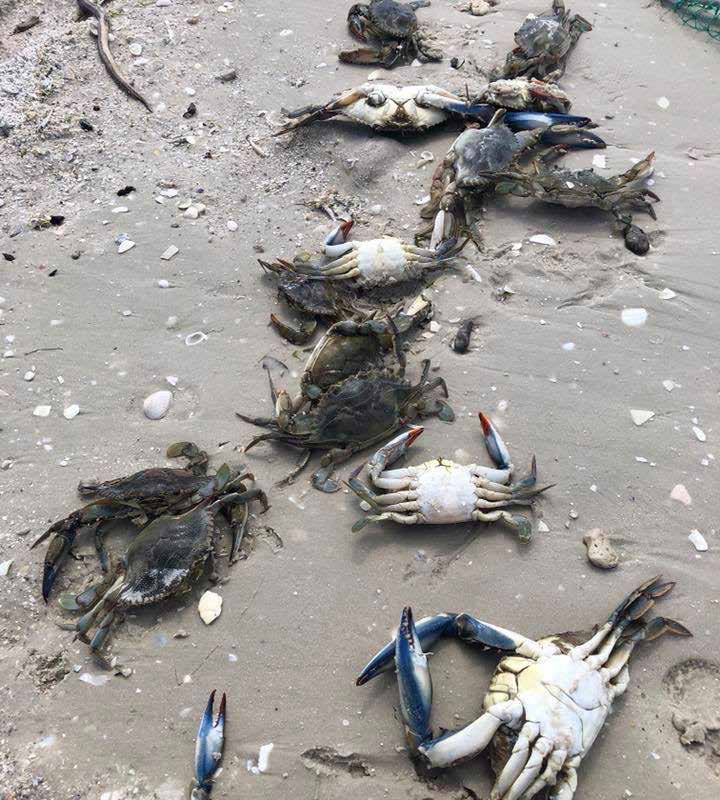Why was red tide so bad this past year?

Dr Michael Parsons
By Dr. Michael Parsons
It was a trying year on our beaches as red tide caused fish kills and mortalities of dolphins, turtles, manatees, and seabirds.
Red tide was all over the news, and the tourists stayed away, causing significant economic hardship on our local businesses.
Why was red tide so bad this past year? Did we cause or exacerbate red tide? Red tide (an explosion in the population of the microscopic algae, Karenia brevis) is a natural phenomenon; it was recorded in the logs of Spanish explorers back to the 1500s. It is an organism that adapted and evolved to live in our coastal waters, back when the environment was pristine and before humans were present.
Enter people. People have inhabited Florida for thousands of years, but it wasn’t until the last century that we really began to impact our coastal environment particularly water management practices and an ever-growing population. Nutrient inputs to our coastal waters are increasing as our population increases.
The general perception is that if you add more nutrients you get more algae – but it does not appear to be that simple, particularly for red tide. Karenia evolved to live in a nutrient-poor environment and does not appear to respond directly to nutrient inputs. But then you have an acute event like Hurricane Irma.
Hurricane Irma made landfall in Southwest Florida on September 10, 2017 at Marco Island. It was a slow and wet hurricane, and the rainfall was significant. In  fact, the resultant discharges down the Caloosahatchee River (through the S79 lock), registered as 5 of the top 10 daily discharges (September 10 – 15) ever recorded at the lock (since record keeping began in 1966).
fact, the resultant discharges down the Caloosahatchee River (through the S79 lock), registered as 5 of the top 10 daily discharges (September 10 – 15) ever recorded at the lock (since record keeping began in 1966).
Soon after (October), red tide began to bloom in our waters. The bloom that formed was very intense and lasted 18 months. It was the worst bloom since 2005 – which coincidentally followed the passage of Hurricanes Charley (2004) and Wilma (2005).
Did these hurricanes cause significantly more nutrients to enter the water, to the point where Karenia was stimulated? Is it a coincidence that the two most intense blooms in the last 20 years followed major hurricanes?
There is much debate about the influence our activities have on red tide. There is much we need to learn. We still cannot predict when a red tide bloom will occur, nor where. We do not regularly monitor our coastal waters for red tide (only along our beaches), so red tide could be lurking offshore without our knowledge, as demonstrated by sick seabirds suffering from red tide exposure (brevetoxicosis) when red tide is absent from our beaches.
In order to mitigate and combat red tide, we need to better understand “how it ticks” and how we influence it. I and other researchers at Florida Gulf Coast University (FGCU) and collaborating institutions are working to answer these questions and are actively pursuing funding to expand our efforts.
The advent of the Water School at FGCU will further strengthen these efforts as university resources are being increasingly focused on water issues through this new school.

Karenia brevis
Red tide affects all of us, and we at FGCU are working hard to address this devastating malady.
Dr. Parsons can be reached at mparsons@fgcu.edu



Leave a Reply
Want to join the discussion?Feel free to contribute!